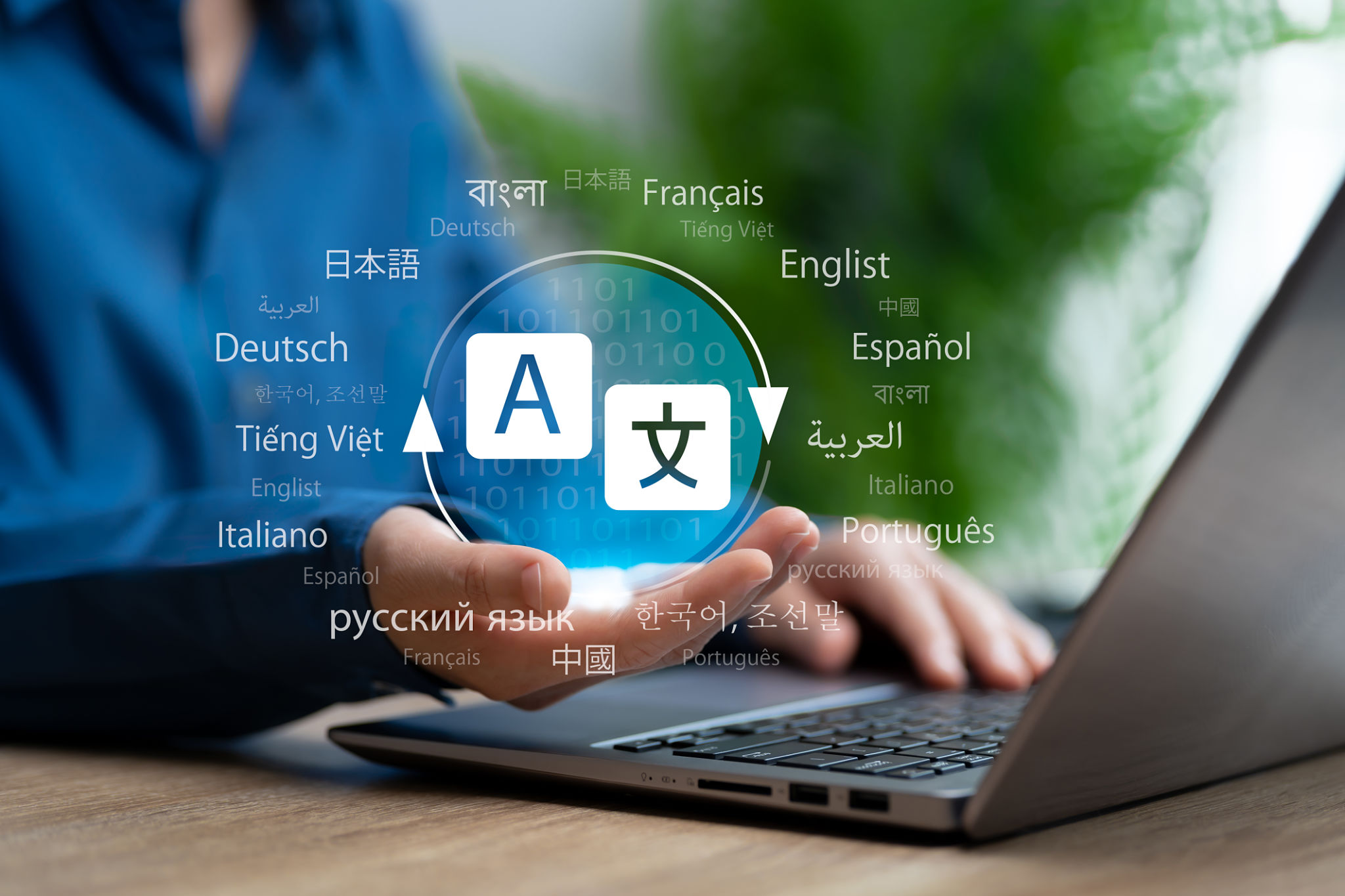Preveduvac Angliski: How to Ensure Accurate English Translations
Understanding the Importance of Accurate English Translations
In today's globalized world, ensuring accurate English translations is crucial for effective communication. Whether you are translating business documents, marketing materials, or personal correspondences, accuracy in translation can make or break your message. This is particularly important for businesses aiming to expand their reach internationally, as a miscommunication can lead to misunderstandings and potential loss of business.

Accurate translations help maintain the integrity of the original message, ensuring that the intended meaning is conveyed appropriately to the target audience. This is especially significant in sectors such as legal, medical, and technical fields, where precision is paramount. Misinterpretations in these areas can have serious consequences.
Choosing the Right Translator
The first step to ensuring accurate translations is selecting the right translator or translation service. Look for professionals who have expertise in the specific field related to your content. For instance, if you need a legal document translated, a translator with a background in law would be ideal. This ensures they understand the nuances and terminology of the subject matter.
It's also beneficial to choose translators who are native speakers of the language you are translating into. Native speakers have an innate understanding of cultural nuances and idiomatic expressions that non-native speakers might miss. This cultural insight is vital for delivering translations that resonate with the target audience.

Utilizing Technology in Translation
While human translators are essential for accurate translations, technology can be a valuable tool in the process. Translation software and tools can assist by providing initial translations or helping with terminology consistency. However, it's important to remember that these tools should complement human expertise, not replace it.
Using machine translation tools can significantly speed up the translation process. However, they should be followed by a thorough review by a professional translator to ensure the final output is both accurate and culturally appropriate. Relying solely on machine translations can lead to errors and misinterpretations.
Maintaining Consistency and Quality
Consistency is key in translation, especially when dealing with large volumes of text or ongoing projects. Creating a glossary of terms and style guides can help maintain consistency across different translators and projects. This is particularly useful for brand-specific terminology that needs to remain uniform across all translated materials.

Quality assurance processes are also crucial for ensuring accuracy. Implementing a system of reviews and revisions can help catch errors and improve the overall quality of translations. Having multiple translators review each other's work can provide different perspectives and catch mistakes that a single translator might overlook.
Communicating Effectively with Your Translator
Effective communication with your translator is fundamental to achieving accurate translations. Provide clear instructions and context for the material being translated. The more information and context a translator has, the better they can understand and convey the original meaning.
Regular feedback and open communication channels can help build a strong working relationship with your translator. This collaborative approach allows for adjustments and improvements in the translation process, leading to more accurate results.
In conclusion, achieving accurate English translations requires careful selection of translators, effective use of technology, and consistent quality assurance processes. By prioritizing these elements, you can ensure that your translated materials effectively communicate your intended message to your target audience.